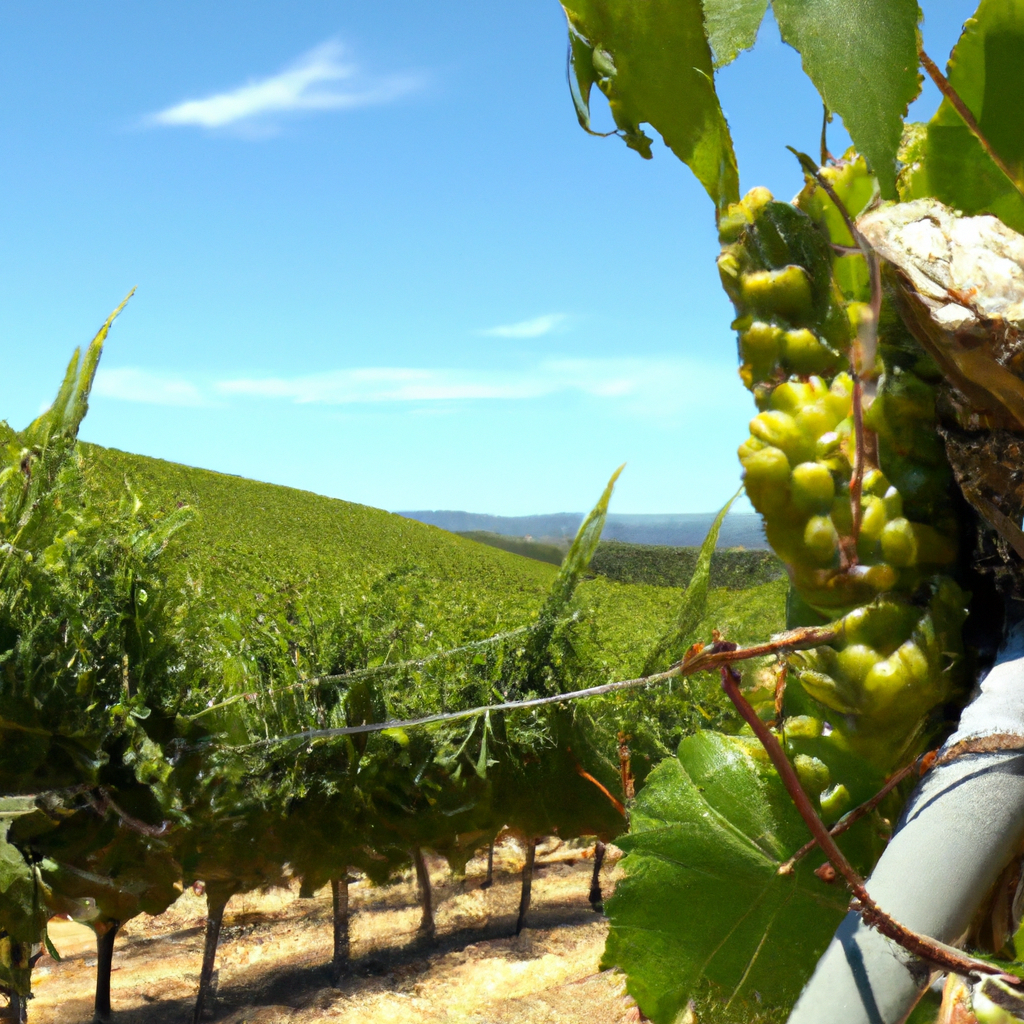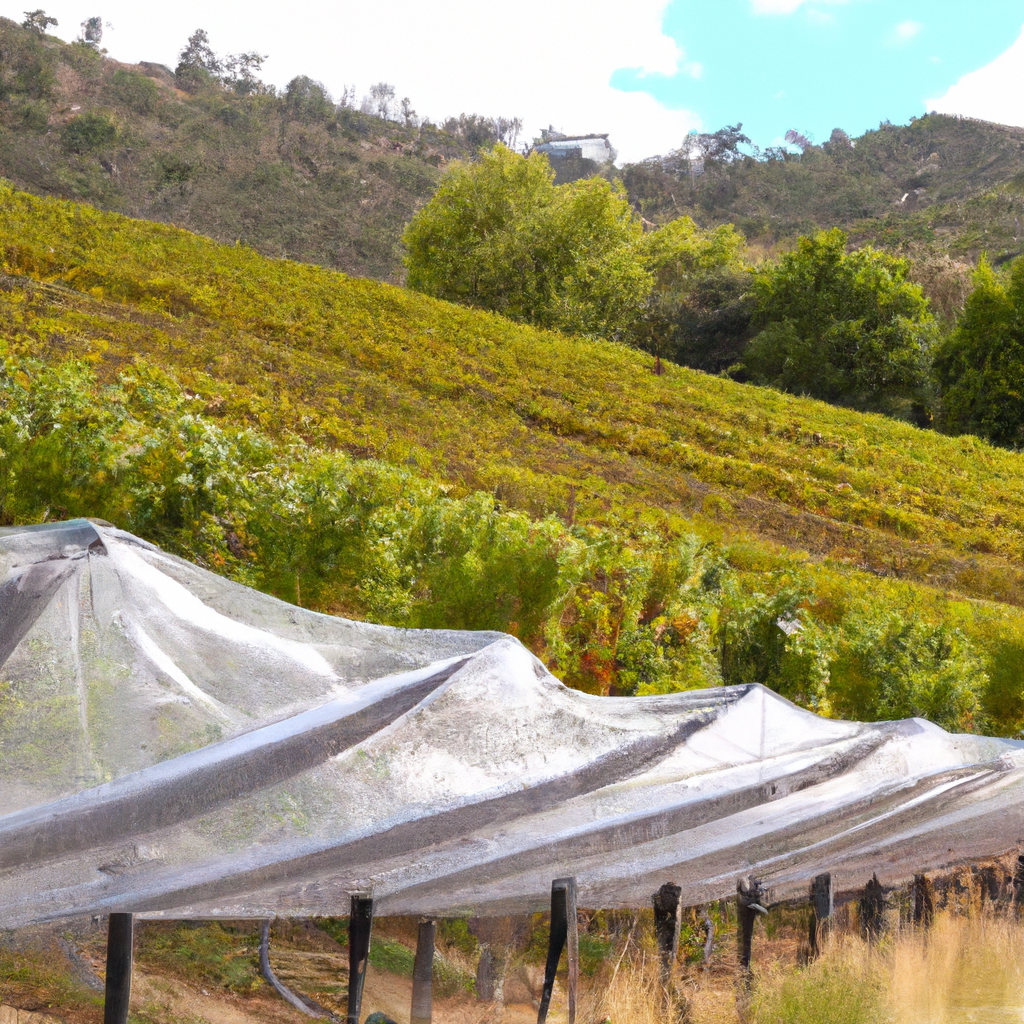
-
Article Summary
- Unveiling the Secrets of Sustainable Winemaking for a Greener Future!
- Key Takeaways
- Introduction: The Rise of Sustainable Winemaking
- The Pillars of Sustainable Winemaking
- Case Study: Napa and Sonoma Wineries
- The Role of Consumer Demand
- Challenges and Benefits of Sustainable Winemaking
- FAQ Section
- What is sustainable winemaking?
- How are Napa and Sonoma wineries leading in sustainable winemaking?
- Why is consumer demand important for sustainable winemaking?
- What are the challenges of sustainable winemaking?
- What are the benefits of sustainable winemaking?
- Conclusion: The Future of Winemaking is Green
- Key Takeaways Revisited
Unveiling the Secrets of Sustainable Winemaking for a Greener Future!

[youtubomatic_search]
Key Takeaways
- Sustainable winemaking is a growing trend in the wine industry, with a focus on eco-friendly practices and minimal environmental impact.
- Napa and Sonoma wineries are leading the way in sustainable winemaking, implementing innovative techniques and practices.
- Key aspects of sustainable winemaking include water conservation, energy efficiency, and biodiversity.
- Consumer demand for sustainable products is driving the shift towards more eco-friendly winemaking practices.
- Despite challenges, the benefits of sustainable winemaking for the environment, the industry, and consumers are significant.
Introduction: The Rise of Sustainable Winemaking
The wine industry is undergoing a green revolution. As consumers become more environmentally conscious, wineries are responding by adopting sustainable practices. This shift towards eco-friendly winemaking is not just a trend, but a necessary evolution for the industry. This article explores the secrets of sustainable winemaking, with a focus on the pioneering efforts of Napa and Sonoma wineries.
The Pillars of Sustainable Winemaking
Sustainable winemaking is built on three key pillars: environmental stewardship, economic viability, and social equity. These pillars guide wineries in their efforts to minimize their environmental impact, ensure their economic survival, and contribute positively to their communities.
Case Study: Napa and Sonoma Wineries
Napa and Sonoma wineries are at the forefront of the sustainable winemaking movement. These wineries are implementing innovative practices such as water conservation, energy efficiency, and biodiversity. For example, Frog’s Leap Winery in Napa Valley uses dry farming techniques to conserve water, while Benziger Family Winery in Sonoma County has been certified Biodynamic® for its commitment to biodiversity and soil health.
The Role of Consumer Demand
Consumer demand for sustainable products is a significant driver of the shift towards eco-friendly winemaking. A 2020 study by Wine Intelligence found that 66% of regular wine drinkers in the US consider environmental sustainability when choosing wine. This growing consumer interest is encouraging more wineries to adopt sustainable practices.
Challenges and Benefits of Sustainable Winemaking
Despite the clear benefits, sustainable winemaking is not without its challenges. These include the cost of implementing sustainable practices and the need for ongoing education and training. However, the benefits – including reduced environmental impact, improved wine quality, and increased consumer appeal – make the effort worthwhile.
FAQ Section
What is sustainable winemaking?
Sustainable winemaking is the practice of producing wine in a way that minimizes environmental impact, supports economic viability, and promotes social equity.
How are Napa and Sonoma wineries leading in sustainable winemaking?
Napa and Sonoma wineries are implementing innovative sustainable practices such as water conservation, energy efficiency, and biodiversity. They are also committed to community engagement and economic sustainability.
Why is consumer demand important for sustainable winemaking?
Consumer demand for sustainable products is driving the shift towards more eco-friendly winemaking practices. As more consumers choose sustainable wines, more wineries are motivated to adopt these practices.
What are the challenges of sustainable winemaking?
The challenges of sustainable winemaking include the cost of implementing sustainable practices and the need for ongoing education and training. However, these challenges are outweighed by the benefits.
What are the benefits of sustainable winemaking?
The benefits of sustainable winemaking include reduced environmental impact, improved wine quality, and increased consumer appeal. It also contributes to the long-term viability of the wine industry.
Conclusion: The Future of Winemaking is Green
The secrets of sustainable winemaking are being unveiled, and the future of the industry is looking greener. With Napa and Sonoma wineries leading the way, and consumer demand for sustainable products on the rise, eco-friendly winemaking is set to become the norm. Despite the challenges, the benefits for the environment, the industry, and consumers are clear. The wine industry’s green revolution is not just a trend, but a necessary evolution for a greener future.
Key Takeaways Revisited
- Sustainable winemaking is a growing trend in the wine industry, with a focus on eco-friendly practices and minimal environmental impact.
- Napa and Sonoma wineries are leading the way in sustainable winemaking, implementing innovative techniques and practices.
- Key aspects of sustainable winemaking include water conservation, energy efficiency, and biodiversity.
- Consumer demand for sustainable products is driving the shift towards more eco-friendly winemaking practices.
- Despite challenges, the benefits of sustainable winemaking for the environment, the industry, and consumers are significant.
[youtubomatic_search]






